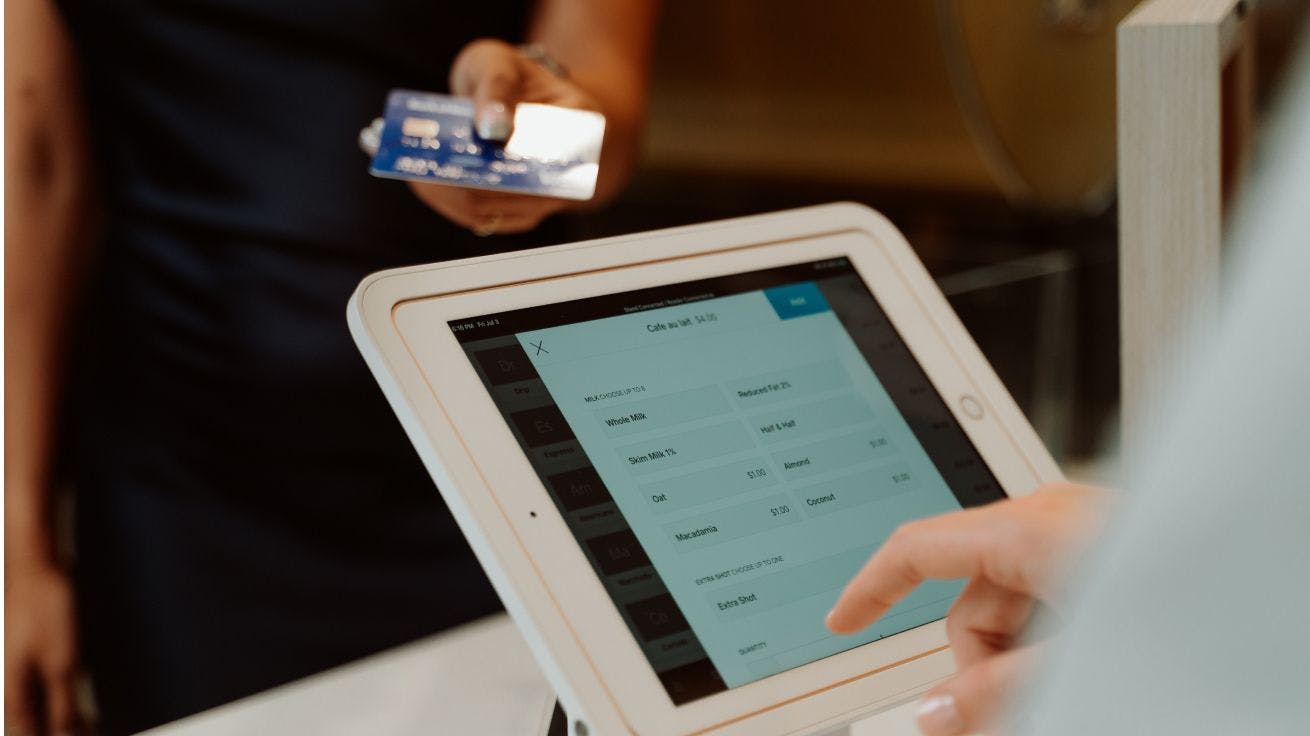Updated September 20, 2024
A POS merchant account is your business bank account that directly connects to your point of sale (POS) device. Also known as a terminal, a POS system is pivotal for processing large and small transactions. At the core of an efficient POS system lies the ecommerce merchant account, an integral financial solution where you receive funds. This article takes a closer look at the world of POS merchant accounts, unveiling their significance, functionalities, and the benefits they bring to contemporary commerce.
What are Merchant Services?
This term refers to everything a business needs to accept debit and credit card payments. This includes everything for both in-person and online payments: payment processing, merchant accounts, payment gateways, and payment terminals. A merchant services provider is a company that can provide you with all of these things so that your business can process payments. Typically, you'll sign a merchant services agreement when entering into a relationship with them. If you've agreed on customized payment solutions, those will be included.
What is a POS (Point-of-Sale) System?
A merchant Point-of-sale system is similar to merchant services, but there are some key differences. First, 'merchant services' is a broad term referring to every step of credit card processing. A merchant POS system begins when the customer makes a purchase. These systems allow you to accept payments at the point of transaction and process returns. Typically, they also allow you to take care of inventory management and customer relationship management (CRM). A CRM allows you to track sales and run promotions and loyalty programs.
*The following section was moved from above
What is a POS Merchant Account?
A high volume merchant account serves as the financial hub that enables businesses to accept electronic payments, primarily credit and debit cards. This specialized account facilitates the seamless transfer of funds between the customer's financial institution and the merchant's bank account. By linking the POS system to this account, businesses can process a diverse range of payments quickly and securely.
How Transactions Work On Your POS Device
The transaction dance between a customer's payment and a merchant's account involves several steps:
Initiation: When a customer makes a payment using a credit or debit card at the point of sale, the POS system collects the relevant transaction details.
Authorization: The POS system forwards these details to the POS merchant account, which then sends a request to the payment processor for authorization.
Validation: The payment processor communicates with the customer's issuing bank to verify the transaction's legitimacy and available funds.
Approval or Decline: Based on the validation, the transaction is either approved and the customer's account is charged or declined due to insufficient funds or other issues.
5. Settlement: Once approved, the funds are transferred from the customer's bank to the merchant's account, typically within a few business days.
Benefits Of A POS Merchant Account
Payment Diversity: With a POS merchant account, businesses can accept a range of payment methods, including traditional cards, mobile wallets, and contactless payments.
Speed and Efficiency: Transactions are processed swiftly, reducing wait times and enhancing the customer experience.
Security Assurance: Advanced encryption and security protocols safeguard sensitive customer data, reducing the risk of breaches and fraud.
Business Insights: Many POS merchant accounts offer detailed analytics and sales reports, providing valuable insights into consumer behavior and inventory management.
Omnichannel Integration: An increasing number of accounts support both in-person and online transactions, allowing businesses to unify their sales channels.

Selecting the Right POS Merchant Account:
- Fees and Costs: Compare the pricing structures, processing fees, and any additional charges to find a solution that aligns with your budget.
- Compatibility: Ensure the merchant account integrates seamlessly with your chosen POS system and supports the payment methods you want to offer.
- Security Features: Prioritize accounts with robust security measures, including data encryption and fraud prevention tools.
- Customer Support: A responsive support system is crucial for troubleshooting and assistance during critical moments.
Selecting The Right POS Provider
The modern era demands efficient, adaptable, and secure payment processing systems, especially when dealing with high risk merchant accounts. POS software is an integrated solution, and the POS merchant account meets these demands head-on, providing businesses with the means to offer diverse payment options, track sales, streamline transactions, and gather insights into customer behavior.
Why Choose Zen Payments for Your Merchant POS System?
Whether you need to set up a new system or make changes to your existing POS system, Zen Payments is the right partner for you. We have over 15 years of experience as a merchant services provider. We are experts at setting up payment processing so you can accept payments within one to two weeks of applying. And unlike other payment processors, we work with over 15 financial institutions so we can find one that works perfectly with your business needs.






